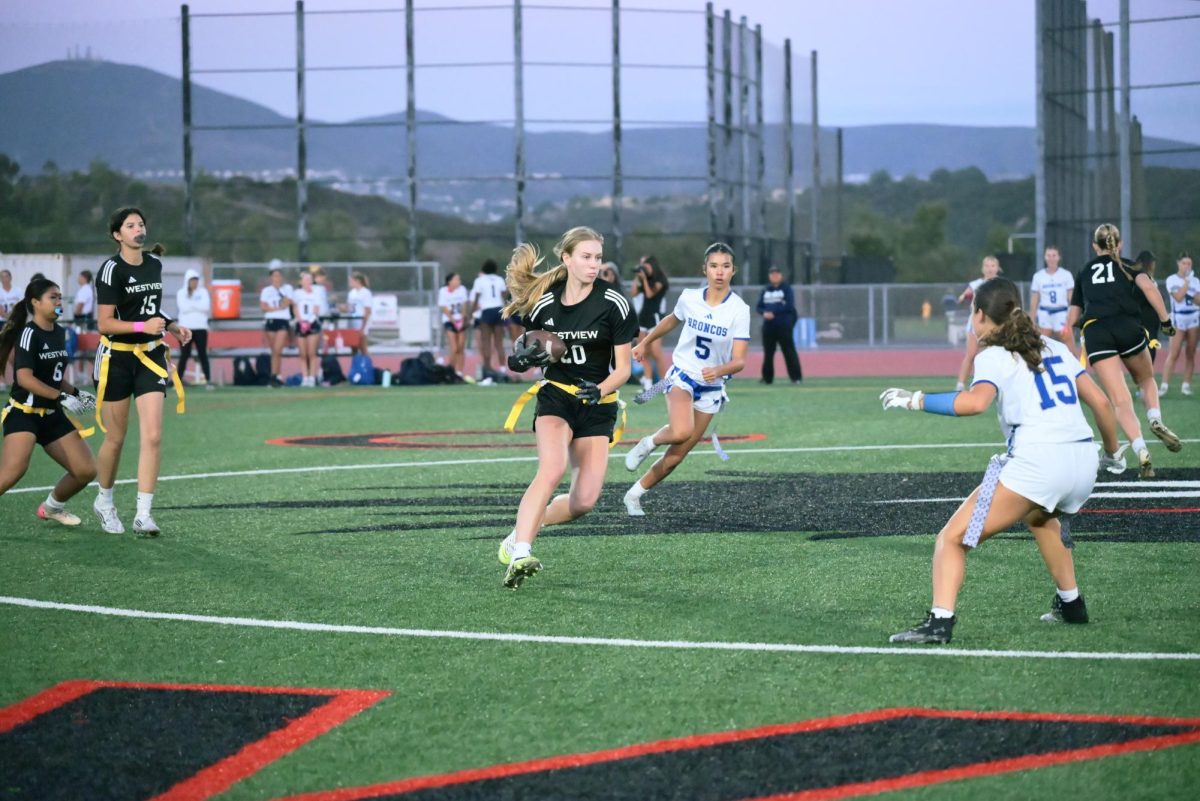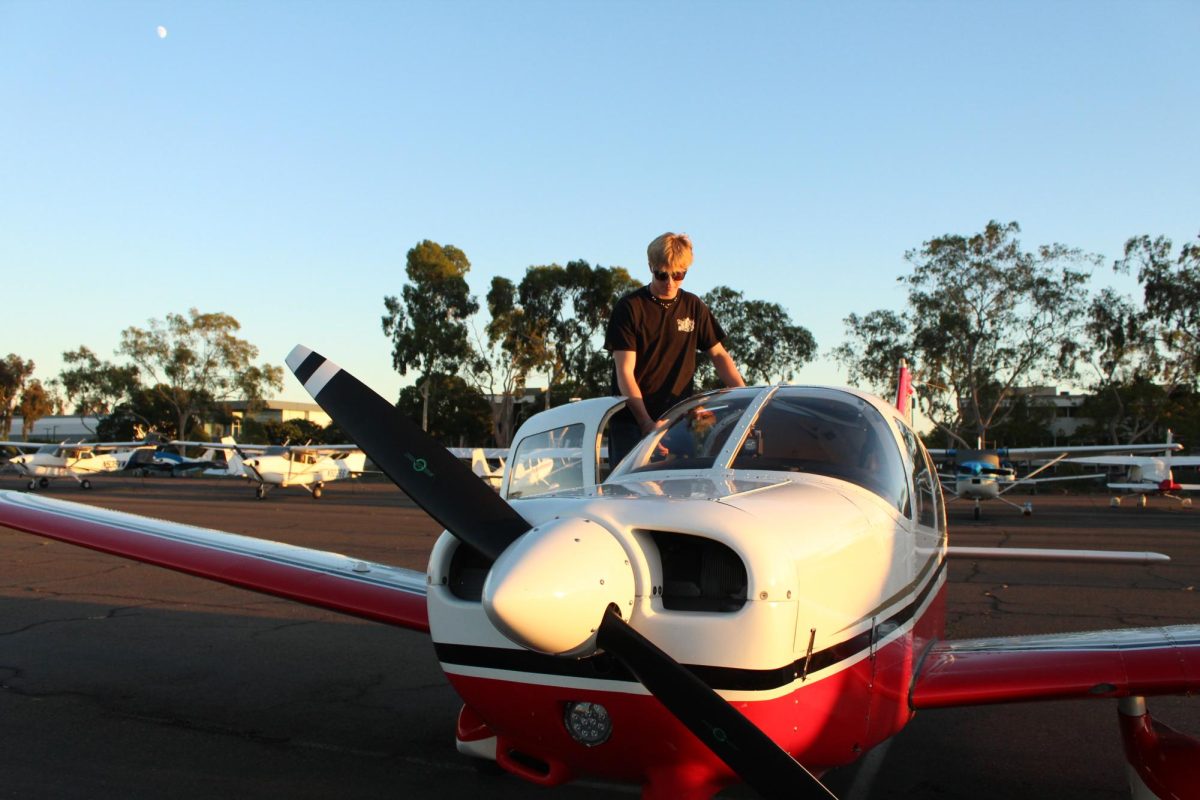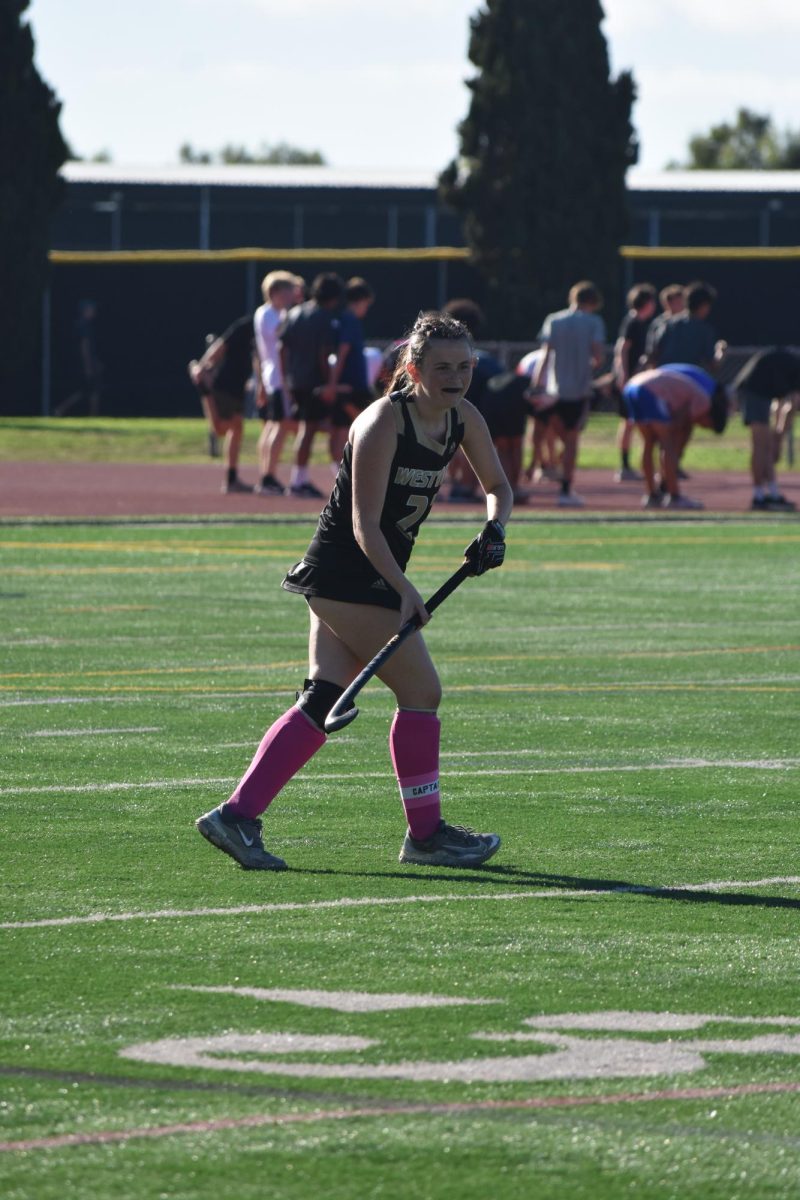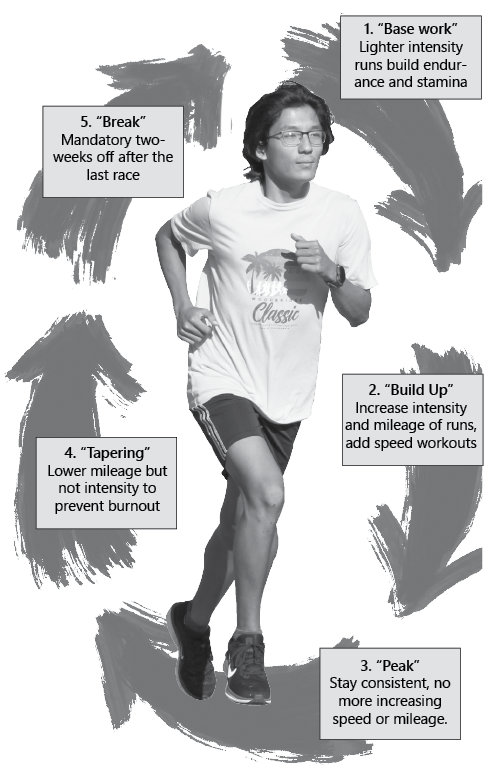As the water polo game entered half-time against Classical Academy and the Wolverines huddled with their coach, goalie David Carr (10) crossed his arms over his chest to cover the deep chasm that sits on top of his breastbone. He does this thoughtlessly, a habit after receiving dozens of joking remarks about his condition. Having developed pectus excavatum in his freshman year of high school, the dent in his chest caused compression on his lungs and heart.
“Breathing [can be] really hard because your lungs are being pushed in and your heart gets pushed backward,” Carr said. “It can’t beat fully, you can’t get a good blood flow, and you get really lightheaded when you start to exercise. [During intense exercises, my heart] would just start beating really fast, but it wouldn’t help me because the blood flow wasn’t actually coming through.”
The symptoms only worsened as Carr’s heart began to beat faster and faster during intense physical activity.
“It was a very sharp pain,” Carr said. “It felt like someone was punching me in the chest and I couldn’t block goals because of the huge pain in my chest.”
As Carr’s chest pain showed no signs of improvement, he chose to get a second opinion.
He went to Rady Children’s Hospital of Orange County (CHOC) where he underwent multiple tests to determine the severity of his condition. One of these tests was the Haller index scale, which measures the depth of a person’s chest dent. The average person typically receives a score of two or less on the Haller index and a patient with a moderate case of Pectus excavatum receives a score of 3.2–3.5. Carr scored a 4.5.
Doctors at CHOC told him that he was one of the most severe cases they had seen. Tests revealed that he could only take very shallow breaths due to his lungs being confined to a smaller-than-normal area as his chest wall pushed in on them.
Carr and his parents were then informed that he would require surgery as soon as possible to correct the dent, this surgery was called the Nuss procedure. This was necessary because as teenagers with this condition age, the bones in their chest wall harden and lose the malleability necessary for any potential corrections.
On Nov. 14, 2023, Carr and his family drove up to Orange County to await his surgery which would happen the next day.
“I was pretty stressed out,” Carr said. “I just listened to music and scrolled Instagram. I did whatever [I could] to take my mind off of it. I was [worried about] what it was going to feel like after and worried about if I could still play sports or do the stuff I usually do.”
Carr said he was very worried about potential complications from his surgery. There was a possibility that the metal bar that would be inserted into his chest would shift around, potentially putting his life in danger if it were to press on or puncture various organs: this happens to 10%–50% of patients according to the Journal of Pediatric Surgery.
Despite this, Carr knew it was time to finally get rid of his depressed chest for his cardiovascular health, self-confidence, and overall well-being.
The Nuss procedure involves making an incision on the side of a patient’s chest through which a titanium bar is inserted. For Carr this bar was slid into the space between Carr’s lungs and his ribs. Once the concavely bent bar was inserted, surgeons carefully flipped the bar so that it locked in place and bent outwards: pushing out Carr’s sunken chest.
When Carr regained consciousness after the surgery, he immediately lifted up his shirt to see what his newly formed chest looked like.
“I rolled up my shirt and I just said ‘Whoa!’” Carr said.
Carr was sent home on the day of his surgery. Then after a very painful two-hour car ride where Carr could feel every bump in the road in his intensely bruised convex chest, he made it home.
A few days later, Carr proudly admired his chest in the mirror.
“It feels really nice to just be able to look in the mirror and just see a normal flat chest,” Carr said.
Although Carr was barred from doing any strenuous physical exercise for three months, he began to feel the positive effects of having a chest that allows room for the heart and lungs that inhabit it.
“I gained the ability to take deep breaths,” Carr said. “That was something I couldn’t do before. To me, it was an accomplishment. Before, my breaths were always shallow. Right after the surgery I just took really deep breaths and thought ‘Wow, this feels good.’ Sometimes, lying in bed, I would do it just to entertain myself.”
As the three-month point where Carr would be officially allowed to start exercising again drew closer, he became antsy to move like he once did in water polo season and started swimming laps with a friend to try out for the swim and dive team for the first time.
“There were a few times where my friend and I went to the pool and just swam and it felt good,” Carr said. “Exercising felt a lot different. I didn’t feel my heart racing and beating against my chest. It was a lot more calm and when I actually pushed myself, I could feel my heart beating normally.”
During practices and tryouts, Carr would occasionally feel his self-consciousness surrounding his chest return, forgetting that his dent was gone.
“It was muscle memory,” Carr said. “I would cover [my chest] but then I just [thought], ‘What am I covering?’ It felt good to just be normal again and not have anyone stare at me or mention my chest anymore. It was freeing.”
With a restored chest filled with confidence, Carr plans to help younger children in CHOC within the next month by giving them tours around the facilities and explaining what the procedure feels like.
Carr will have his bar removed in his freshman year of college when his chest has fully formed to a healthier position.
Now that Carr has been able to regain confidence in his body and survive through a surgery as painful as the Nuss procedure, he said he feels like he is readily equipped to take on almost any challenge.
“At this point when I [find myself] getting stressed out about school or anything, I just think about [how] I have a metal bar in my chest,” Carr said. “There’s not a lot to be scared of now.”






